ASIC Miner ICERIVER KAS KS0 Profitability In the realm of cryptocurrency mining, the Iceriver KAS KS0 miner has garnered widespread attention. Tailored specifically for the Kaspa network's KHeavyHash algorithm, it boasts high hashing power and low power consumption, making it an ideal choice for many miners. In this article, we will comprehensively assess IceRiver KS0 profitability while considering the Kaspa market conditions and the attributes of KS0 miner. Kaspa Market Dynamics Kaspa is a vibrant cryptocurrency network aimed at delivering high performance and scalability for everyday transactions. At the time of writing this article, the Kaspa coin trades at approximately $0.04959. But it's essential to note that cryptocurrency markets are highly susceptible to price volatility. Hence, investors must remain vigilant about market dynamics. Additionally, the Kaspa network's mining difficulty and reward mechanisms play a role in mining returns. Attributes of the IceRiver KS...
What are the common tools for soldering components?
In electronic production, the connection of components needs to be soldered. Therefore, the quality of welding is essential. With the advancement of science and technology, machine welding has replaced many manual welding. Still, manual welding is a knowledge that integrates skills and technology and is a vital link that cannot be replaced by machine welding. Therefore, those who learn welding technology must master the welding technology and practice the basic welding skills. If you want to learn welding skills, you must understand the common tools of welding.
1. Electric soldering iron
Hand soldering components are essential. I recommend this pointed electric soldering iron because it can accurately and conveniently solder one or several pins when soldering chips with dense pins.
2. Solder wire
Good solder wire is also essential for SMD welding. If conditions permit, use a thin solder wire as possible when soldering SMD components so that it is easy to control the amount of tin supplied so that there is no need to waste the trouble of soldering and absorbing tin.
3. Tweezers
The primary function of tweezers is to pick up and place SMD components easily. For example, tweezers can clamp the resistors and place them on the circuit board for welding when soldering SMD resistors. Tweezers need to be pointed and flat to facilitate gripping components. In addition, for some chips that need to be protected from static electricity, anti-static tweezers are required.
4. Tin removal wire
Especially when soldering dense multi-pin SMD chips, it is easy to cause two adjacent pins or even multiple pins of the chip to be short-circuited by solder. Therefore, the traditional tin remover device is useless now, and the braided tin removal wire needs to be used.
5. Flux Rosin
Rosin is the most commonly used flux in soldering because it can precipitate oxides in the solder, protect it from being oxidized, and increase the fluidity of the solder. If the components are rusted when soldering in-line components, they should be scraped off first, put on the rosin and ironed with a soldering iron, and then tinned. When soldering SMD components, rosin can also be used as a tin absorber with copper wire and the flux.
6. Solder paste
When soldering hard-to-tin iron and other items, solder paste can be used, which can remove oxides on the metal surface, which is corrosive.
7. Portable desoldering gun
The portable desoldering gun uses the welding machine's high current and the high voltage heat on the torch muzzle to weld and disassemble the components.
Heat guns can be used for everything from removing or installing small components to large pieces of integrated circuits. Depending on the melting point of the welding, the temperature and air volume settings of the heat gun are also different. If the temperature is too low, the components will not be welded firmly and will fall off. The components and circuit boards will burn out if the temperature is too high. If the air volume is too high, small components will blow away. For ordinary patch welding, a heat gun is not necessary.
8. Magnifying glass
For some SMD chips with tiny and dense pins, after welding, it is necessary to check whether the pins are soldered normally and whether there is a short circuit. At this time, it is very laborious to use the human eye so that a magnifying glass can be used to conveniently and reliably view each Soldering of the pins.
9. Circuit board cleaning solution
When using rosin flux, excess rosin can easily remain on the board. For appearance, you can use the circuit board cleaning solution to clean the place with residual rosin on the circuit board.
10. In addition to the above-mentioned common tools required for another patch welding, there are also some such as a sponge, washing water, alcohol, thorny brush, glue, and so on. Conditional friends can go to understand and use hands-on practice.




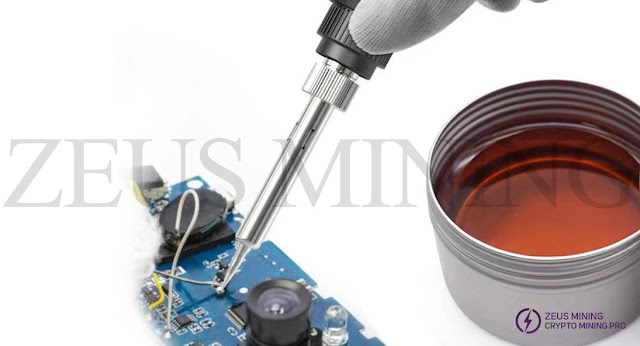
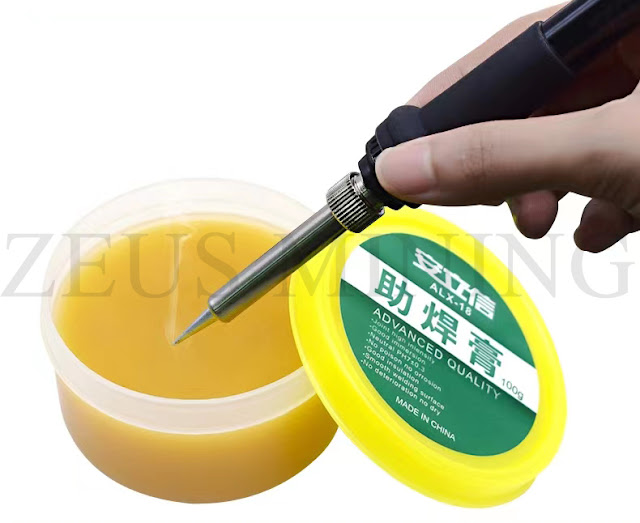
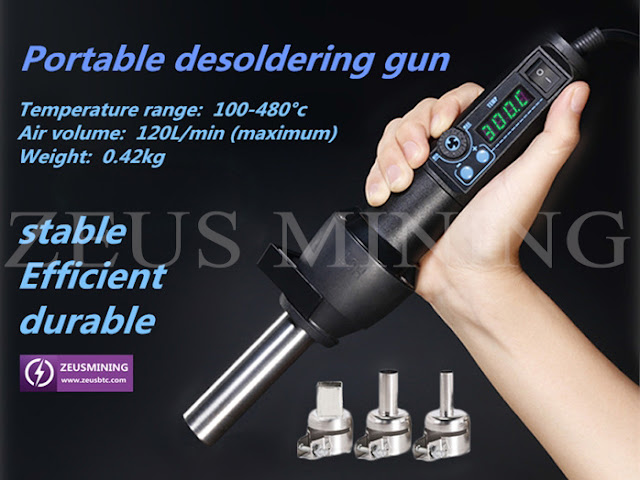
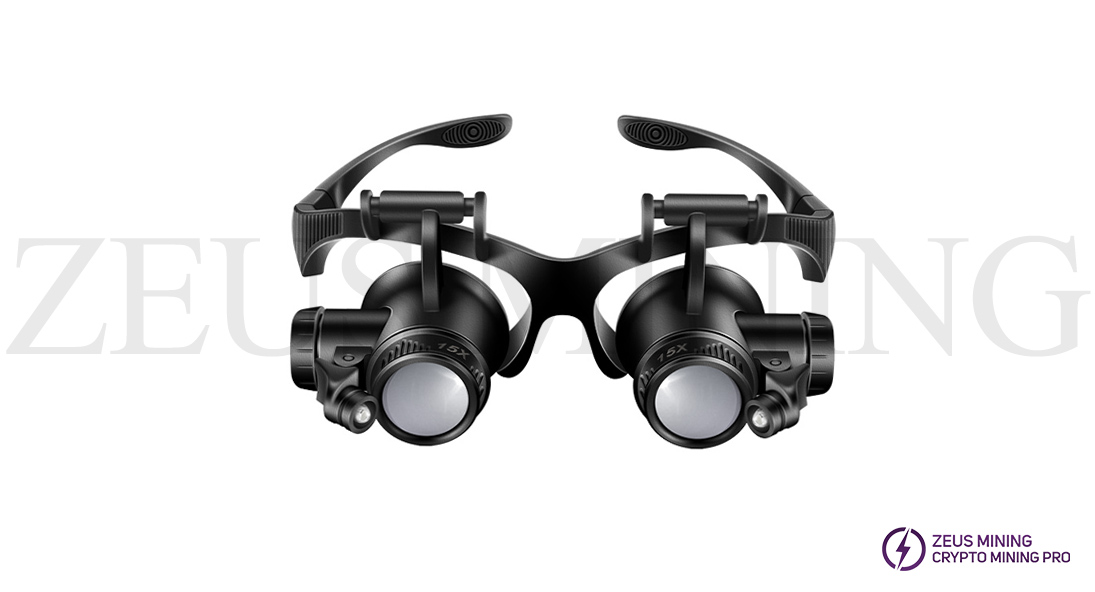
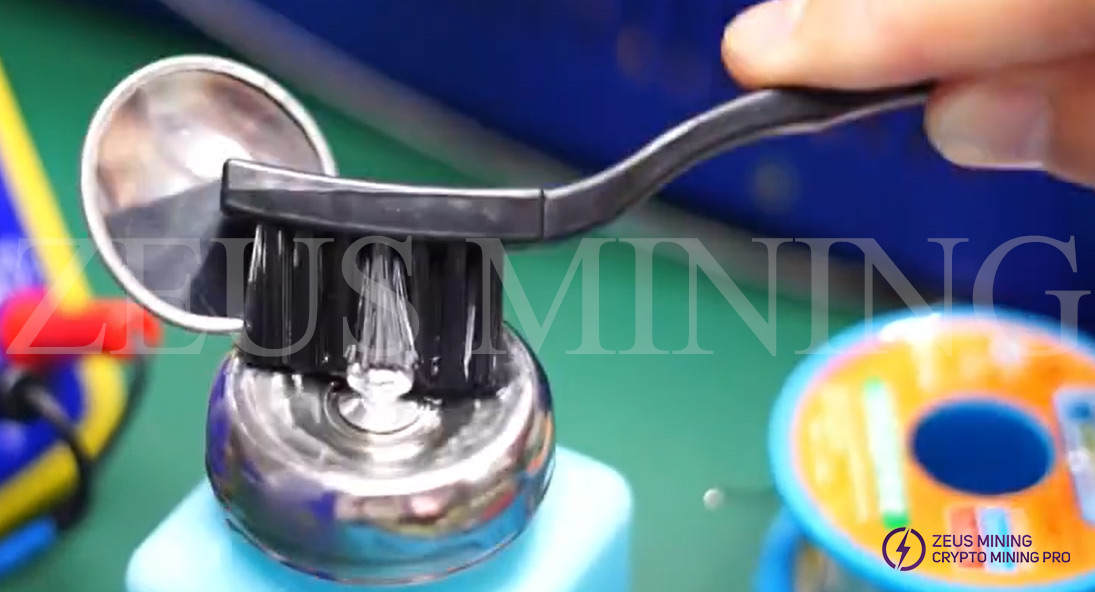
Comments
Post a Comment
Tell us your opinion